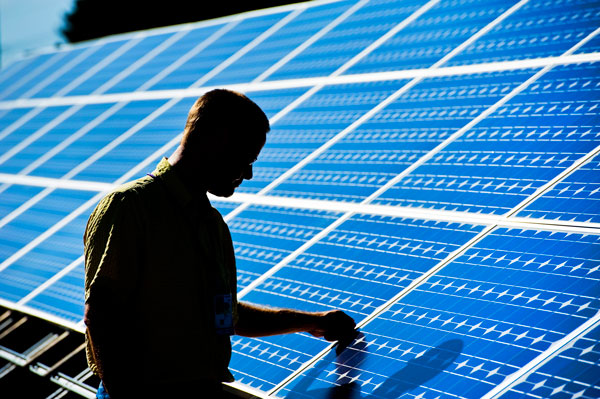Number of agreements highest since the turn of the century
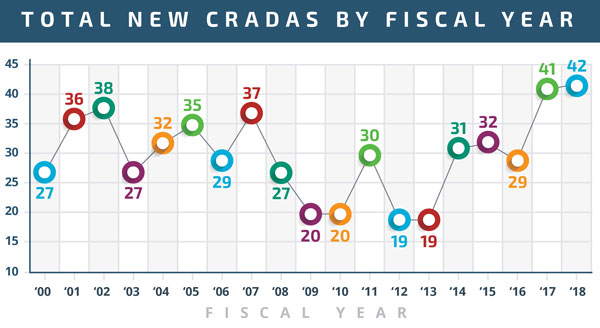
CRADA BOOM — New CRADAs each year since 2000. (Graphic by Laura Hatfield)
Sandia signed more Cooperative Research and Development Agreements this past fiscal year than in any previous year this century, sparking dozens of new collaborations and potential technological innovations.
“CRADAs are one of the crown jewels of the technology transfer industry,” said Sandia business development specialist Jason Martinez.
“Sandia is out there helping companies and fulfilling the Department of Energy tech transfer mission,” he said. “It’s beneficial not only to Sandia, but to the DOE and ultimately the U.S. economy.”
A CRADA is an agreement between a government agency and a nonfederal entity to work together on research and development.
Sandia signed 42 CRADAs in fiscal year 2018, which ended Sept. 30. In fiscal year 2017, 41 such agreements were executed. The contract value of these 83 new CRADAs, which includes in-kind and government dollars, was more than $63 million.
“This is the first time since 1995 and 1996 we’ve had 40-plus CRADAs in back-to-back years,” Jason said. “We’ve been on an upward trend since 2014. It’s become the new paradigm that we’re executing a higher number of CRADAs.”
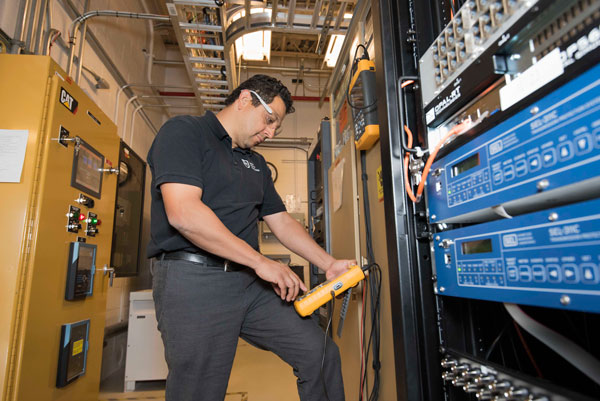
CRADAs past and future
Sandia has about 155 active CRADAs. Fiscal year 2018’s crop of new agreements includes small businesses, educational institutions, local businesses, nonprofits and large international agencies.
“Our CRADA portfolio is diverse — from energy focused collaborations to national security and defense, small business and large business” said Sandia technology partnerships senior manager Mary Monson. “CRADA research furthers the research capabilities of both parties and fosters innovation.”
The Stevenson-Wydler Technology Innovation Act of 1980 created CRADAs. A standard CRADA covers a single project in one technical area, and an umbrella covers multiple projects and technologies. Most CRADAs last one to three years, but some can last many more.
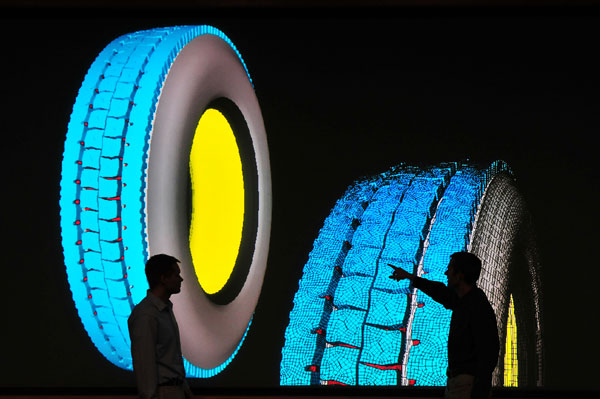
“We have some very long-term CRADAs, such as the one with Goodyear,” Mary said. Sandia and The Goodyear Tire & Rubber Co. have worked together since 1992 and signed their first CRADA in September 1993 to create better tires and more advanced computational mechanics.
Funding for the collaborations can come from several sources: A company pays to work with Sandia; or the partners use DOE work
authorization funds allocated to the labs; or the funding comes from another federal agency or Laboratory Directed Research and Development, both of which fall into the in-kind category. CRADA contract values range from $50,000 to multimillions.
CRADAs allow access to facilities and technology that might otherwise be unaffordable for smaller businesses or education institutions, while at the same time allowing them to bring innovations to the public, Jason said. “Sandia CRADAs have developed into a really good return on investment for taxpayers.”
Variety is the spice of CRADA
Several new CRADAs in fiscal year 2018 demonstrate the diversity of partnerships and scope of the agreements.
Local presence: Sandia signed a CRADA with Emera Technologies Ltd., a subsidiary of Emera Inc., a Canadian-based energy and utility company with an office in New Mexico. The CRADA will enable work on a small-scale direct-current microgrid that will locally manage storage and resources, such as solar, wind and thermal systems. (See accompanying story.)
Small business: Sandia and CalWave Power Technologies Inc., are improving the controls of the Berkeley, California-based company’s wave-energy converter that absorbs energy from ocean waves.
Educational institutions: The Georgia Tech Research Institute and Sandia agreed to an umbrella CRADA to work on the evolving makeup of the nation’s research landscape; the nation’s economy and security; the challenge of attracting, growing and retaining qualified researchers; the funding mechanisms for solving such big problems; and the benefits of collaboratively creating and disseminating new ideas and technologies.
Nonprofit groups: Sandia and the Electric Power Research Institute, based in Palo Alto,
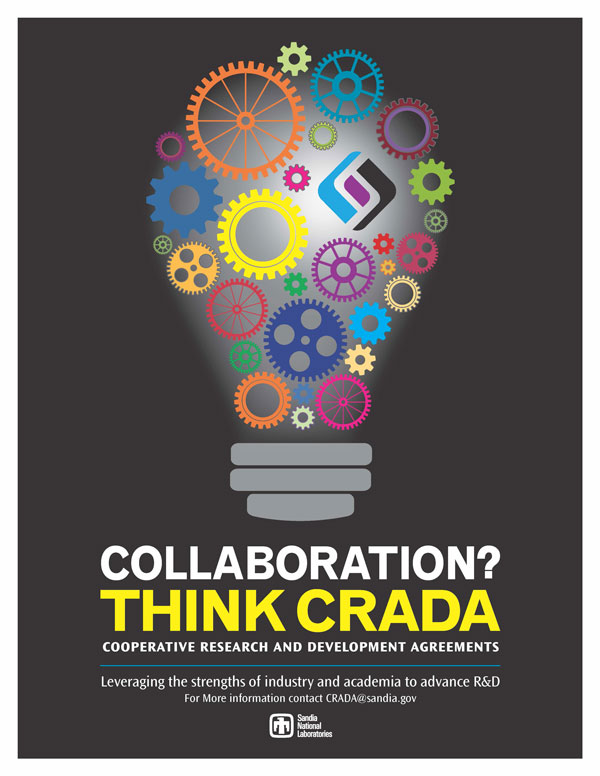
California, are collaborating to provide insight into high-voltage arc-fault phenomena in photovoltaic systems. The rapid release of heat, pressure waves and electromagnetic interference from an arc-flash poses risks to people and equipment in photovoltaic plants.
Foreign agencies: Sandia and the German Aerospace Center (Deutsches Zentrum fur Luft- und Raumfahrt), Germany’s national aeronautics and space research center, are working on renewable, concentrating-solar-power technologies to further the understanding of materials and processes that underpin advanced systems for harvesting and storing solar energy.
“We’re always looking to expand our base,” Jason said. “Whether a small or large institution, the innovation impact can be very great.”
